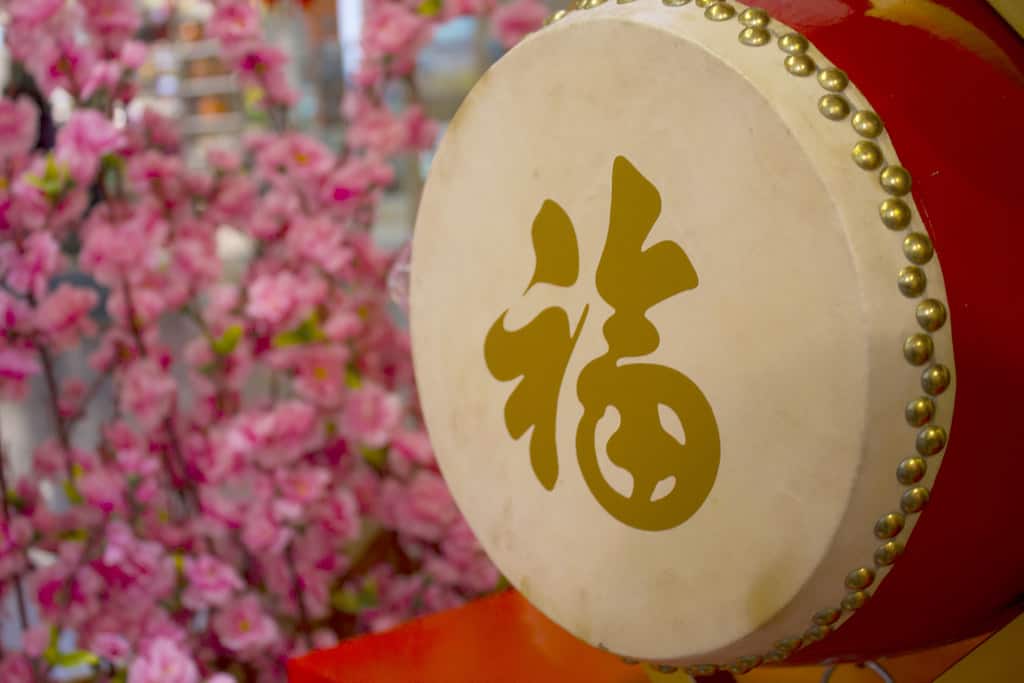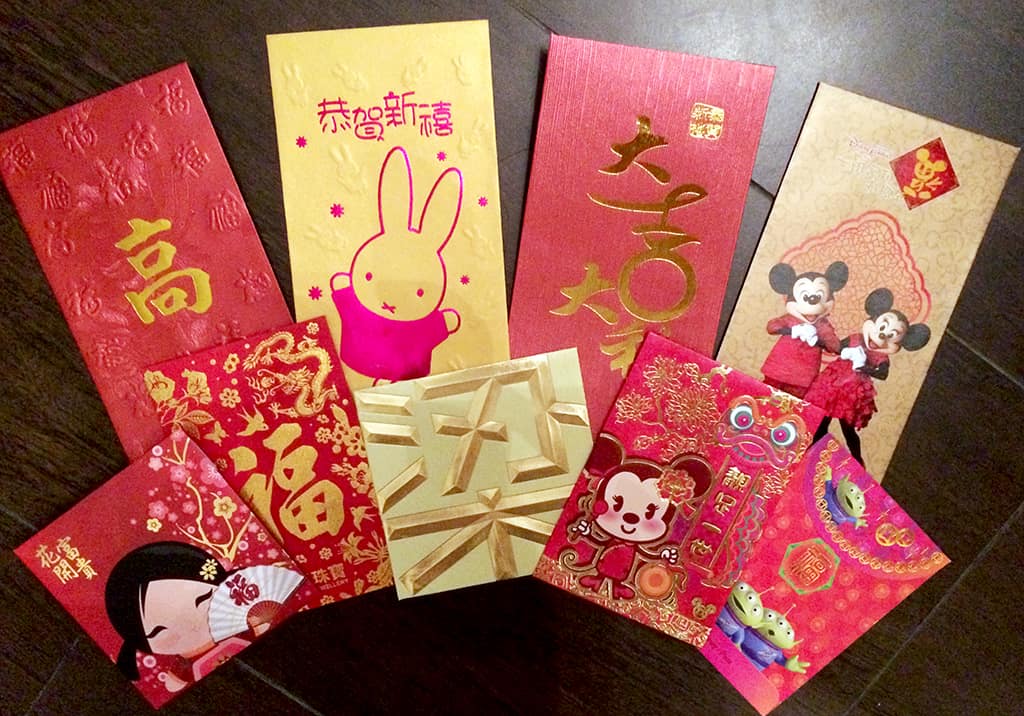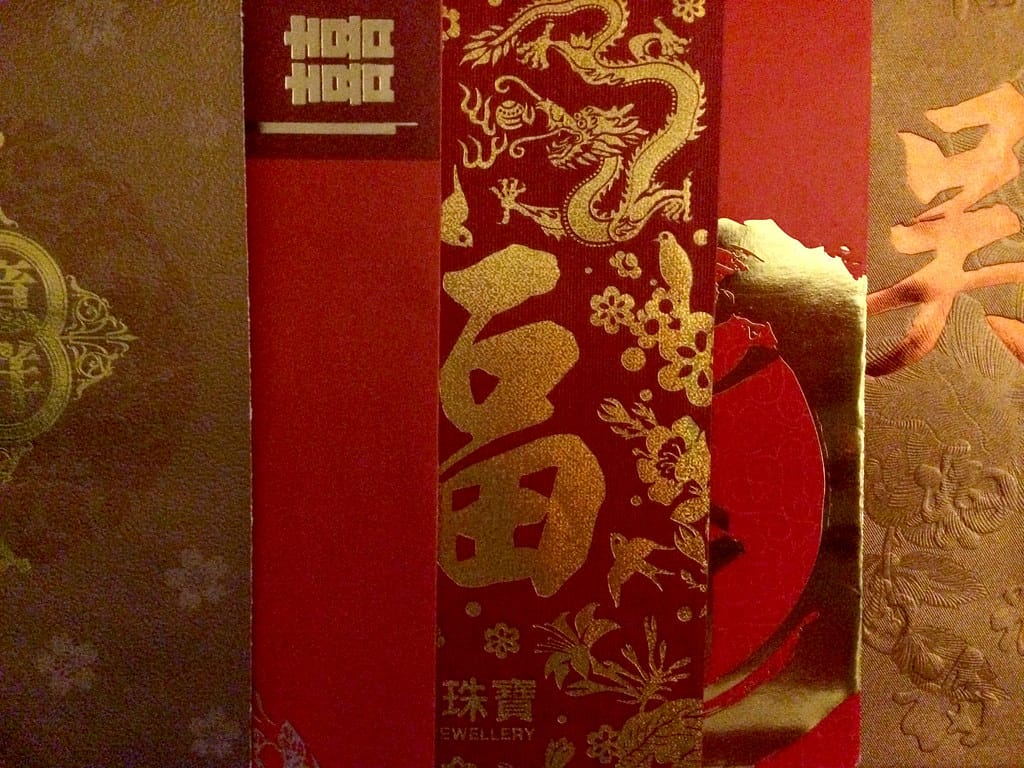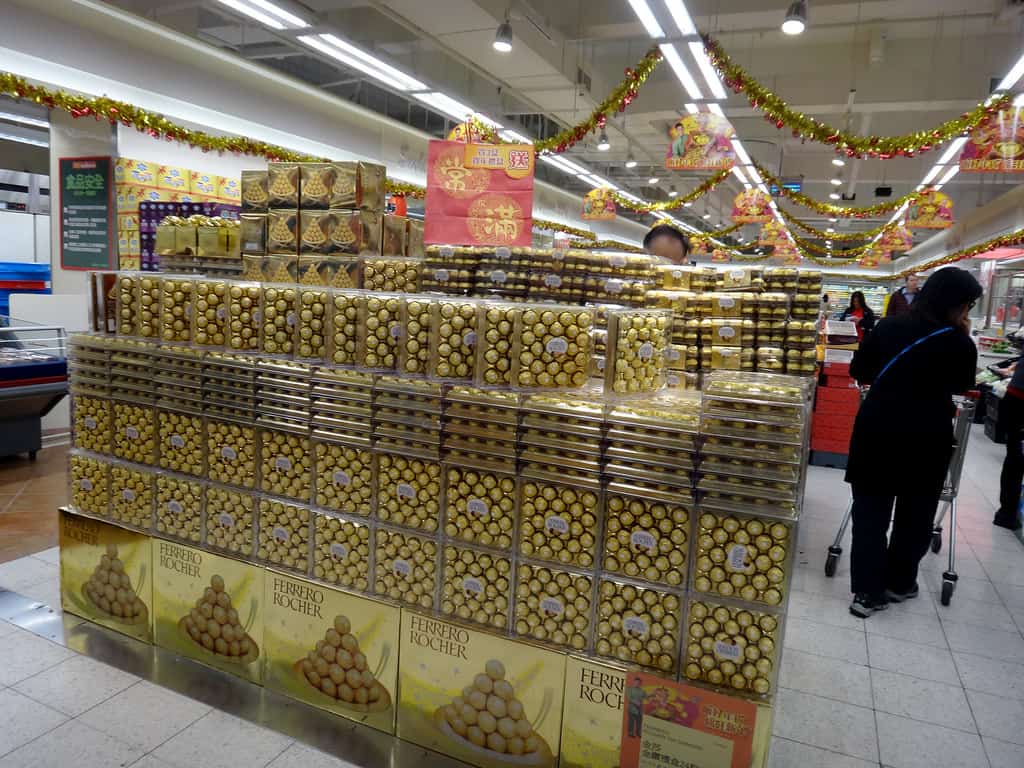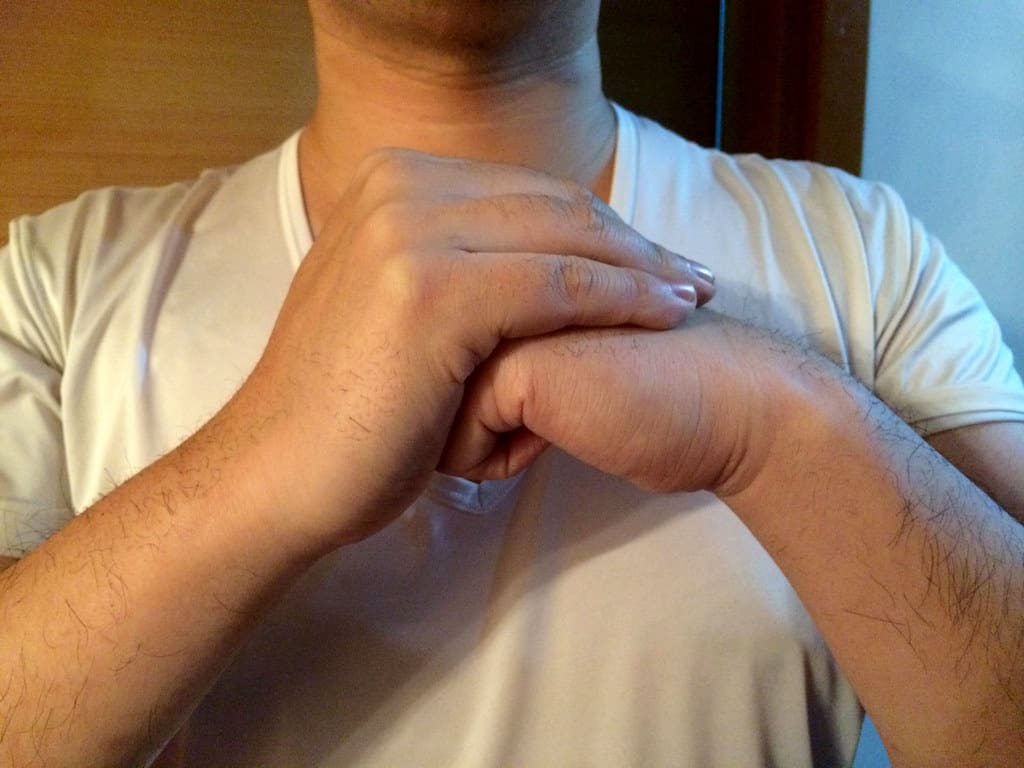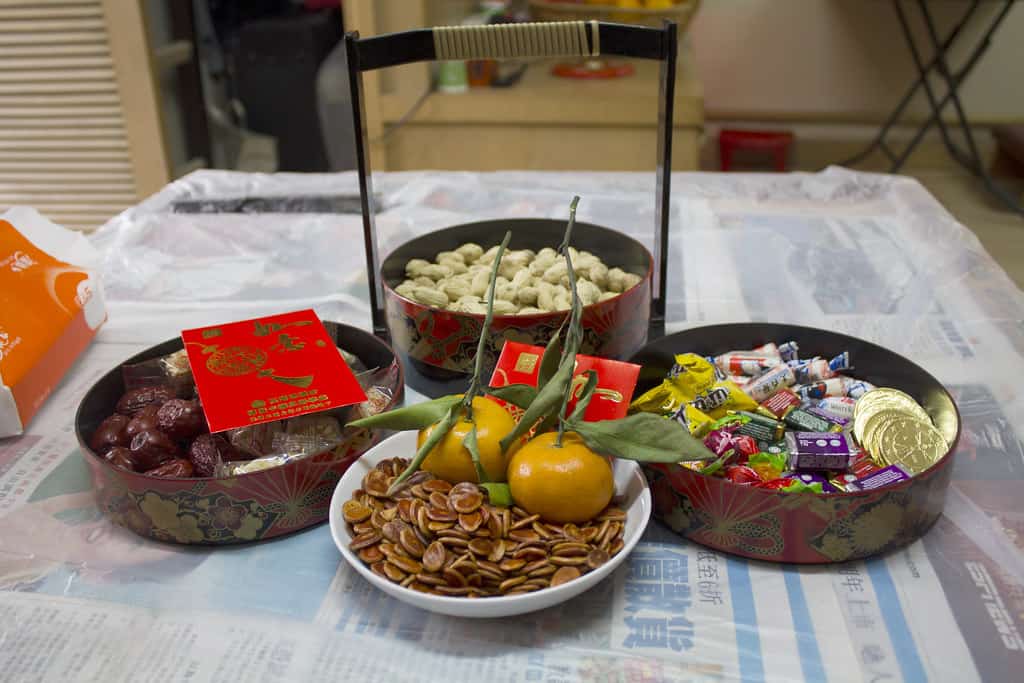Asia
LAI SEE…LAI DO? 12 TIPS FOR GIVING AND RECEIVING RED ENVELOPES
As Christmas displays are being taken down around Hong Kong, they are being quickly replaced by brilliant displays of red and gold. Yup, that’s right, Chinese New Year is almost here so it’s time to start preparing!
I had really high hopes for this past Year of the Snake, I am a snake after all, but wouldn’t you know, just as the Chinese predicted, this past year was one of the worst for me. Luckily, this coming year is predicted to be one of my best, so with that being said, bring on the Year of the Horse!
During Chinese New Year, one of the most important rituals is the giving and receiving of lai see (利事), or red envelopes. However, after experiencing this tradition last year, I realized there is a lot more to it than simply giving and receiving red envelopes!
Translating to “good luck”, lai see are typically red and gold, as these colors are considered prosperous. You’ll see them sold everywhere in the month leading up to the festivities, and they come in a wide variety of designs. We’ve seen very simple ones containing only the character for “fortune” 福 (fook) or the character of your family name, to ones that are elaborately themed with popular characters like Mickey Mouse or Hello Kitty.
There are many different traditions or rules, but typically lai see are given from a senior to a junior. Relatives would give them to the children in the family, married couples to single friends, bosses to all of their employees (regardless of if they’re married or single), residents to their doormen, etc.
All of this doesn’t sound too complicated until you factor in that those envelopes are filled with money. Ugh, why does money make everything more complicated?
As a foreigner, I found it’s pretty easy to embarrass yourself during this time of year, so here are some tips on lai see etiquette.
GIVING LAI SEE
1. The big question most people ask when moving to Hong Kong is just how much money should you put in those little envelopes? A good starting point is HK$20 ($2.57). The closer the relationship, the more you’ll usually want to give. For most close friends or relatives, you’ll give around HK$50-$100 ($6.45-$12.90). It is rare to give over HK$1,000 ($128.94), as this is usually only reserved for parents to their children. Do not give empty lai see!
2. Each envelope should contain a single note, not multiple notes, and never coins. Since Hong Kong Dollars come in amounts of $10, $20, $50, $100, $500, and $1,000, if you want to give a higher amount it is not uncommon to give someone two envelopes. Meaning, if you want to give someone $200, you would give them two envelopes each containing $100. As a married couple, it will be likely that you will be giving two envelopes together anyways; one from the husband and one from the wife.
3. Avoid giving amounts such as $40 or $400. The number 4 in Cantonese (“sei”) is one tone different than the word for “death”, so this is considered bad luck. Also, always give even numbers as odd numbers are reserved for funerals.
4. Only use new notes. In the week leading up to Chinese New Year, you’ll always find horribly long queues at banks. Special counters specifically for lai see will be established and queues can reach an hour long just so people can receive fresh notes!
5. Always carry lai see with you during all 15 days of Chinese New Year. You never know whom you may bump into that you may need to give an envelope to, and getting caught empty-handed is not only bad manners, but also bad luck. “No lai see” means “no good luck”!
PRO TIP: PUT DIFFERENT DENOMINATIONS IN DIFFERENTLY DESIGNED RED ENVELOPES, SO THAT YOU CAN QUICKLY AND TACTFULLY DISCERN WHETHER YOU’RE GIVING AWAY HK$100 OR HK$1,000!
6. If you feel uncomfortable as a foreigner giving red envelopes, give a small gift instead. Generally something sweet and red or gold in color is preferred. If you’re in Hong Kong, you may have noticed that during this time of year, everywhere starts selling Ferrero Rochers for this exact situation.
RECEIVING LAI SEE
1. Greet the giver properly. Make a fist with one hand and cup your other hand on top of it. Shake your hands together while repeating various New Year phrases like gung hei fat choi (“congratulations and may you be prosperous“) or “sun tai geen hong” (“wishing you good health”). There are many New Year’s greetings so it’s best to memorize one or two phrases like this.
2. Always receive the envelope with both hands. As you receive the envelope, make eye contact, nod your head and say doh jeh (“thank you”).
3. As a foreigner watch your tones! Lai see with a slight alteration in tone can suddenly turn from telling someone to have “good fortune” into telling someone to “lick shit”. Never a good way to start the new year!
4. Never open your lai see in front of the person who just gave it to you. Wait until you get home and then do it in private. If you really want to be traditional, look up the most prosperous day for you to open all of your envelopes.
5. Only take lai see that have been handed to you. When visiting someone’s home during Chinese New Year, you may notice lai see lying in a box of goodies being presented to you. These are not for you; they are for decoration only.
6. If you have children, have some class. Don’t suddenly parade them around your friends or at the office in order for them to rake in the dough. Just no.

